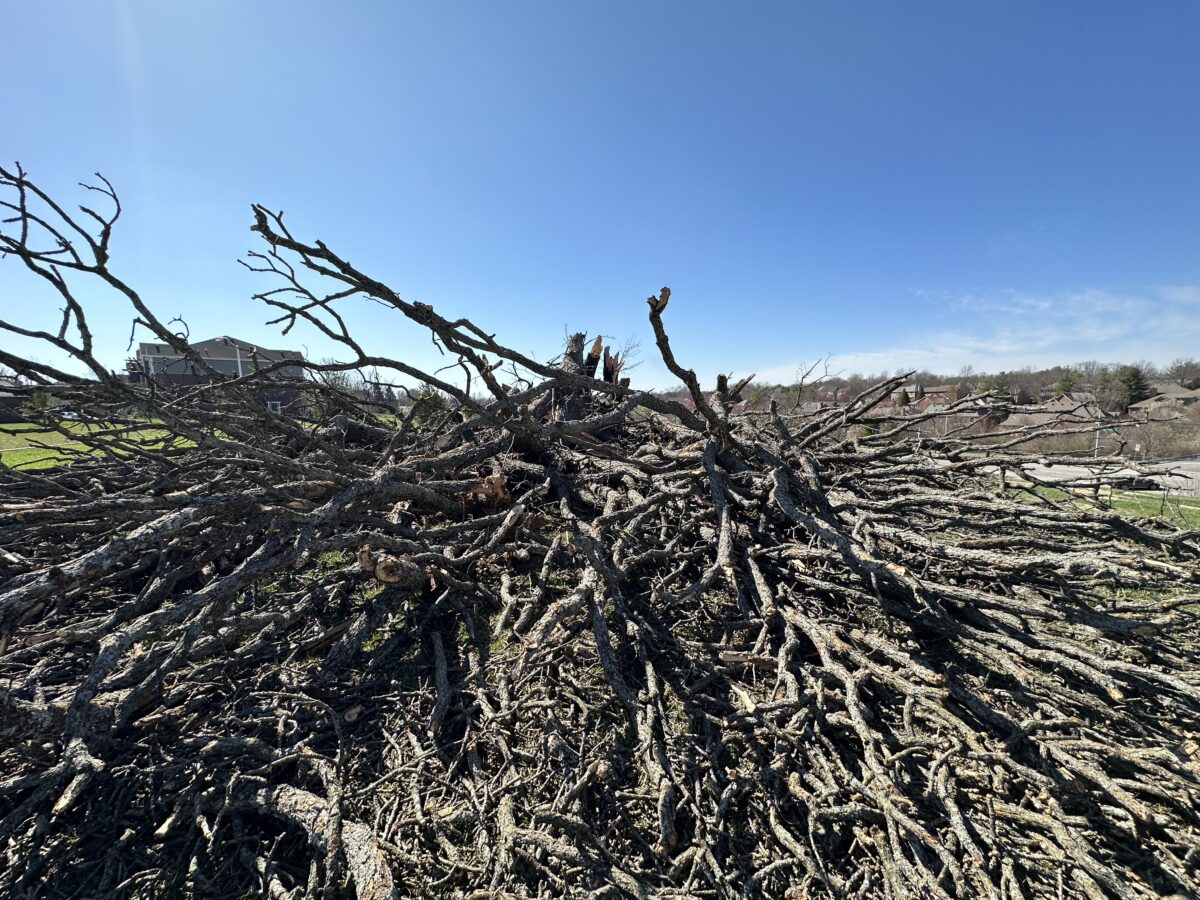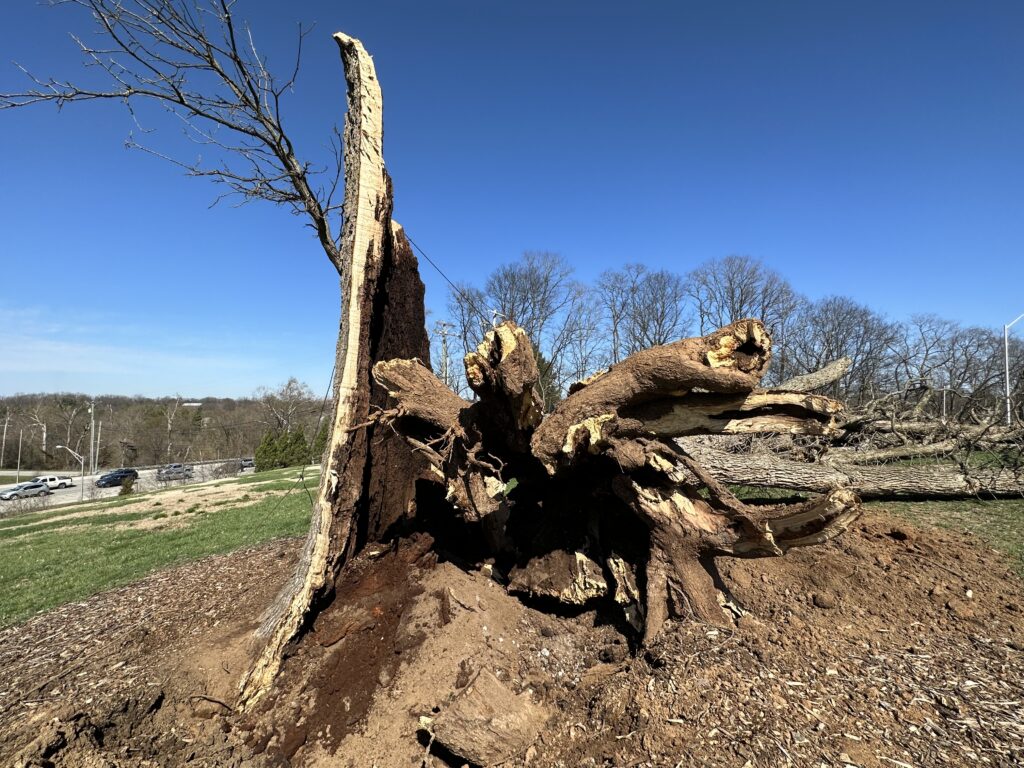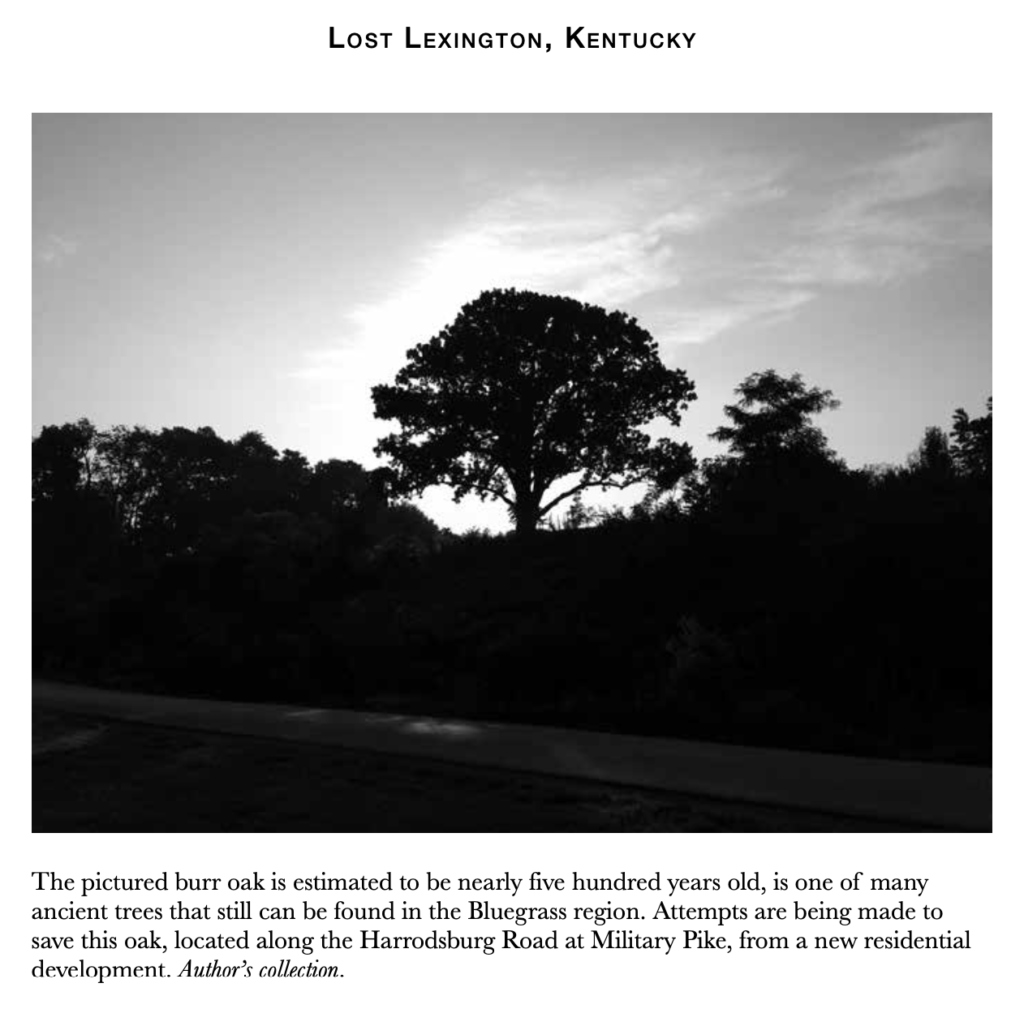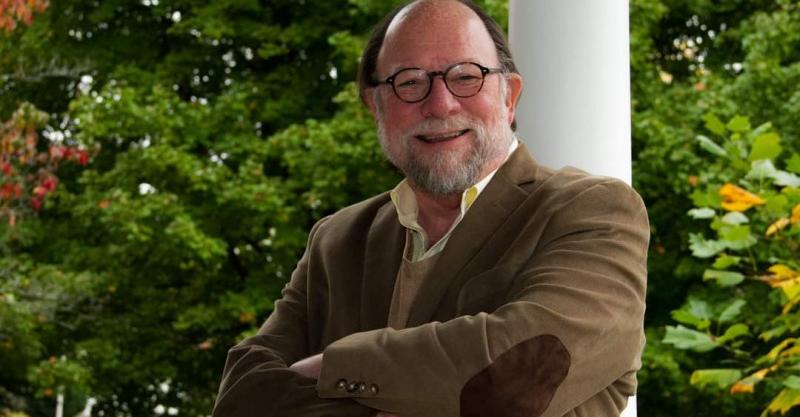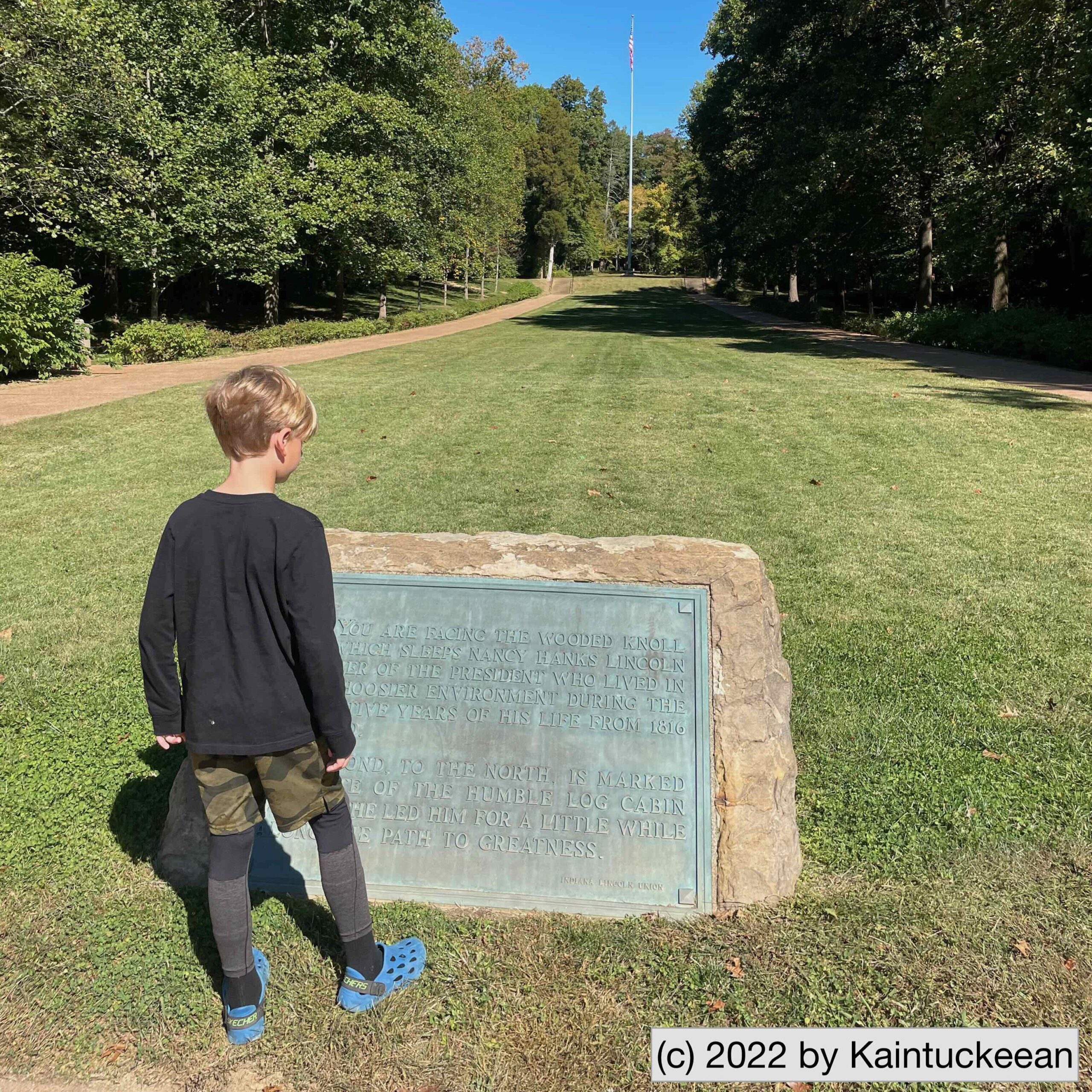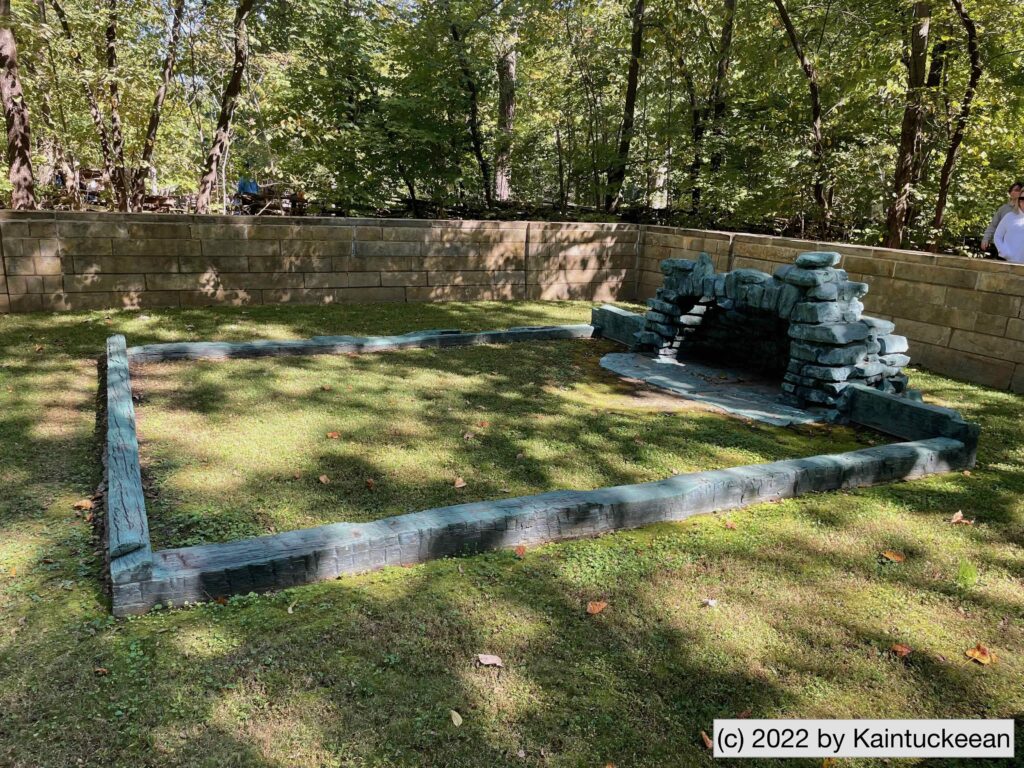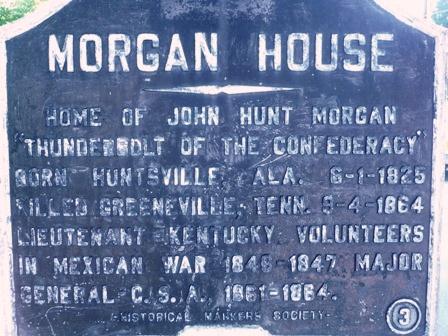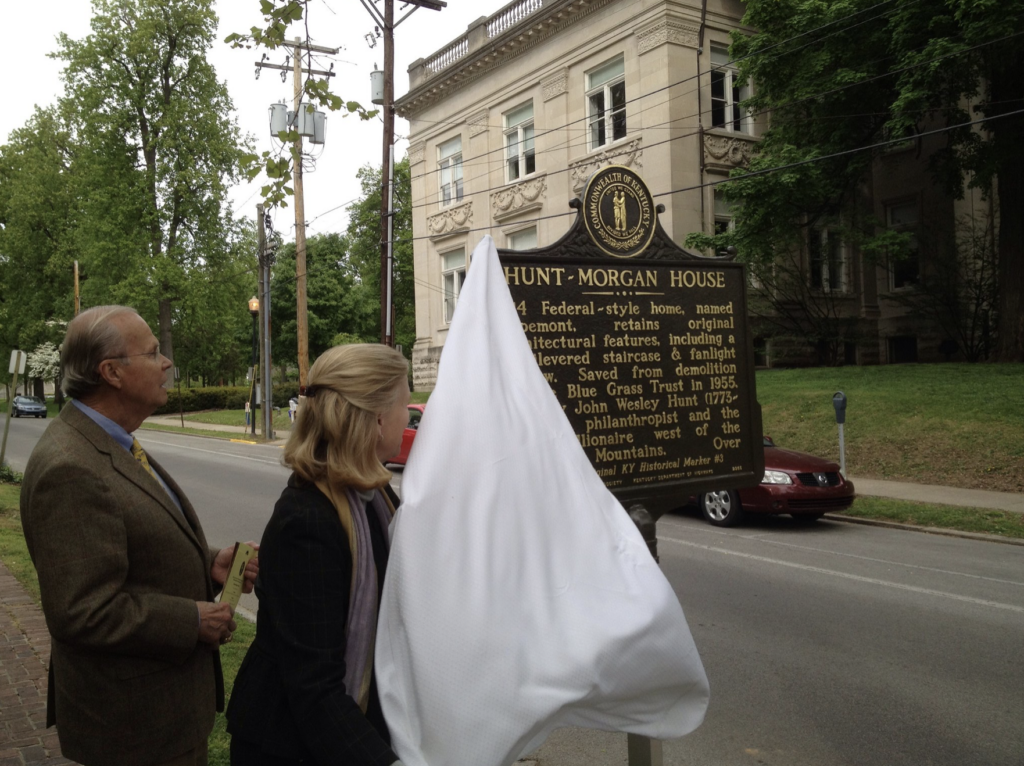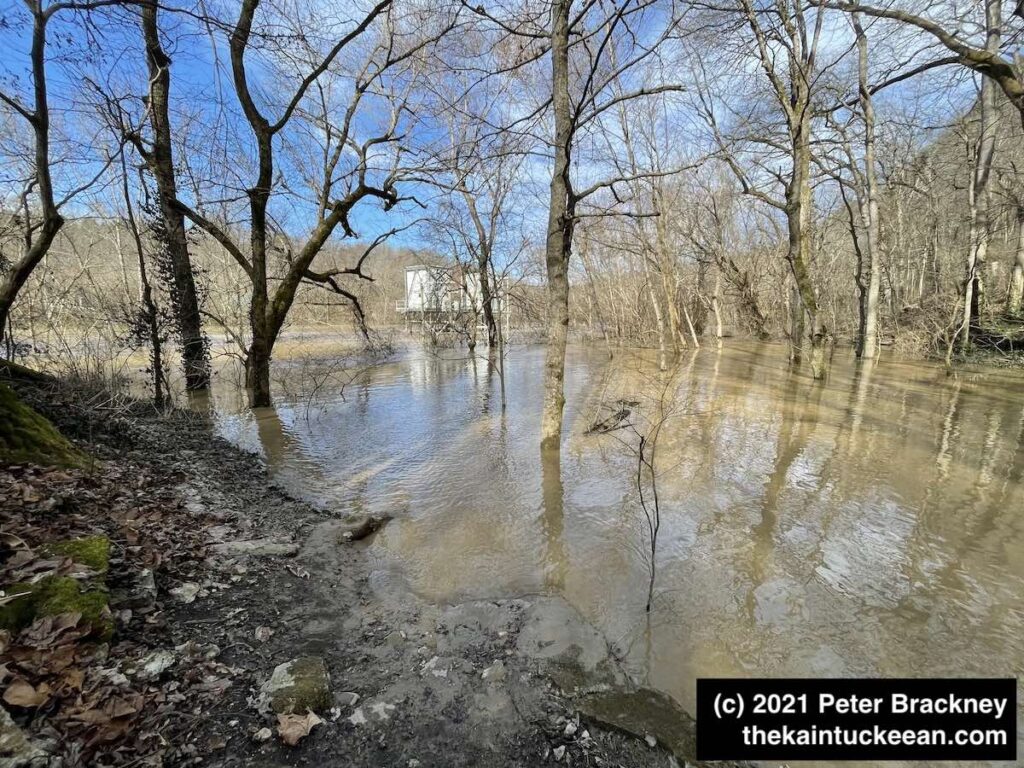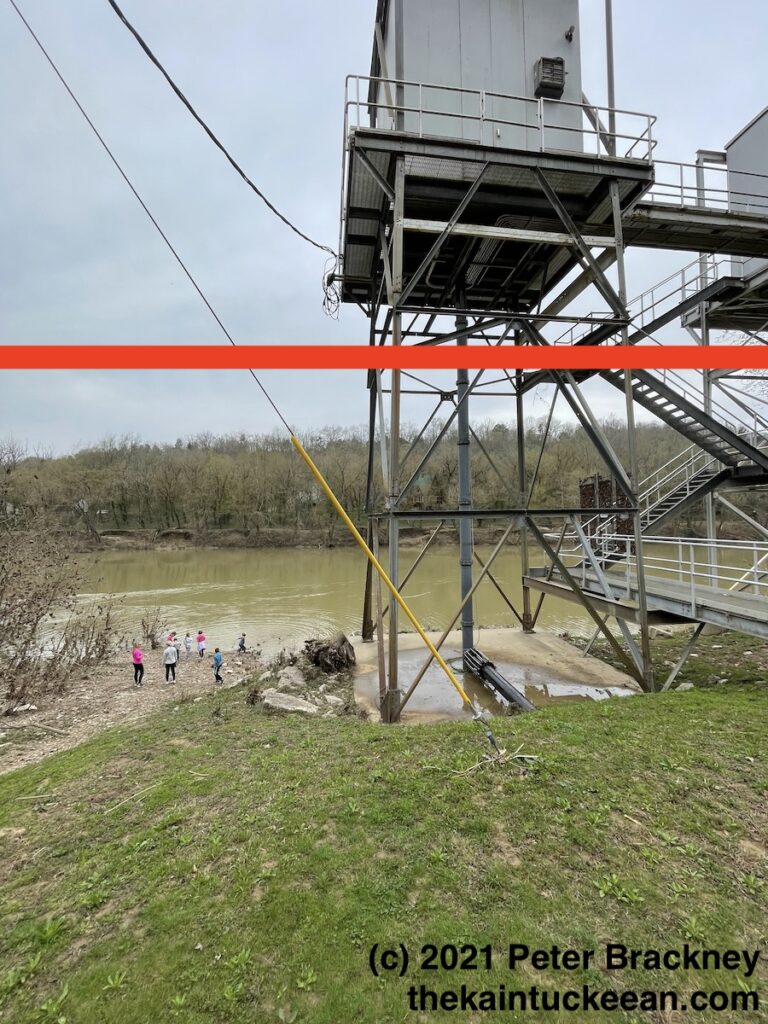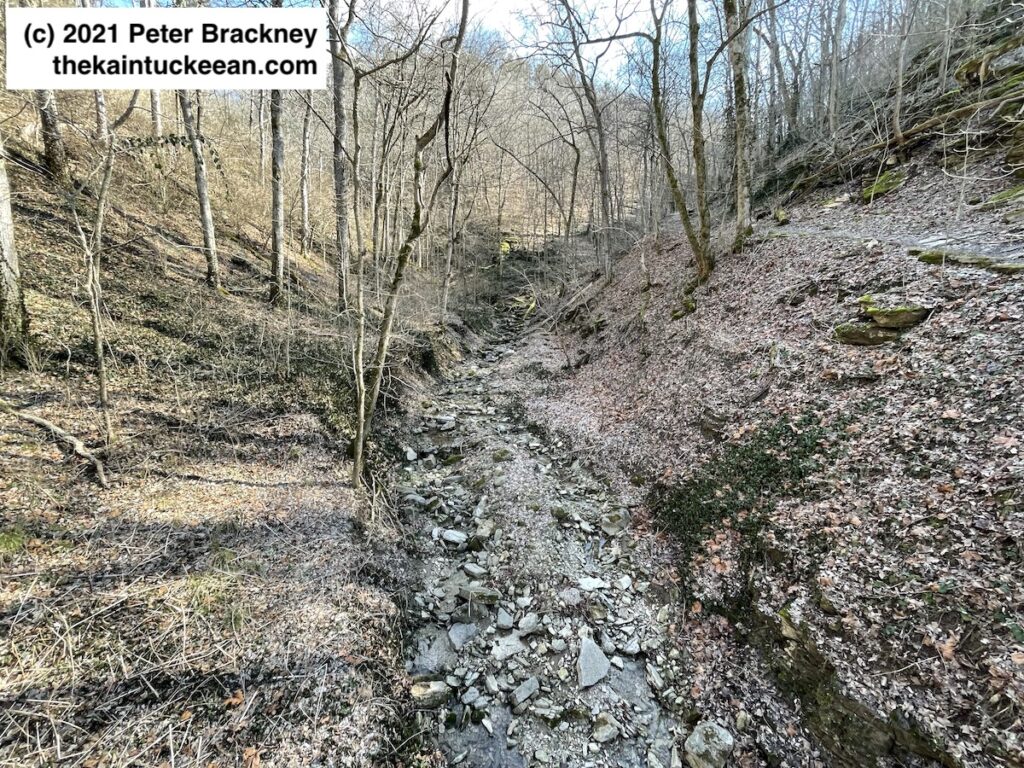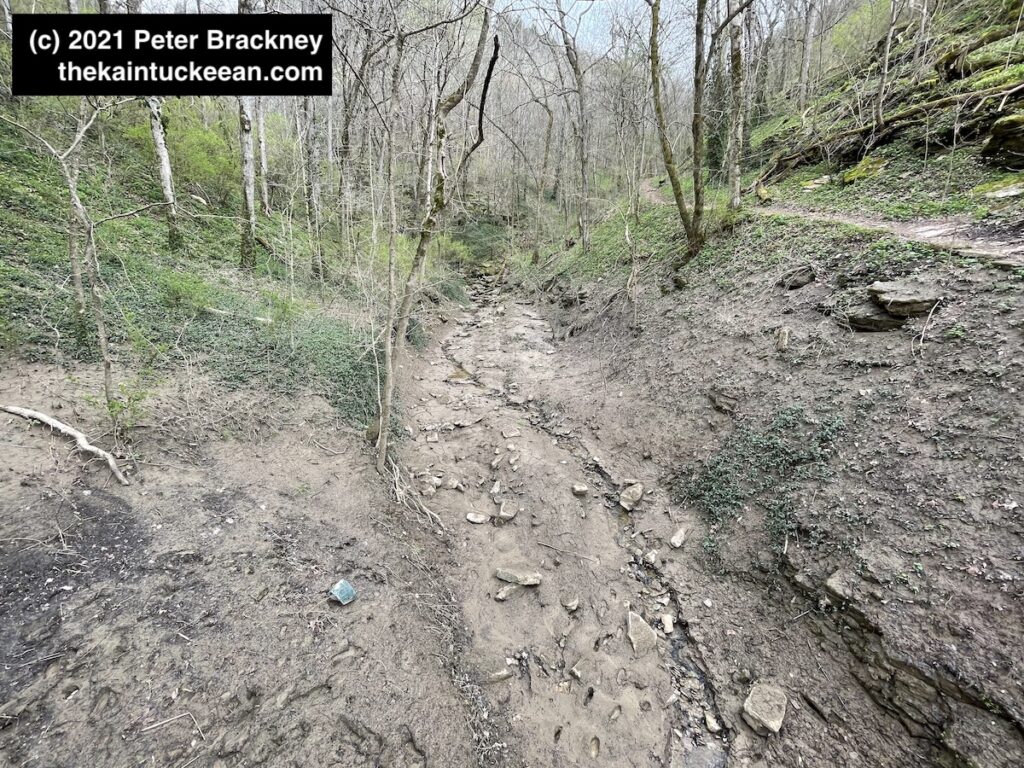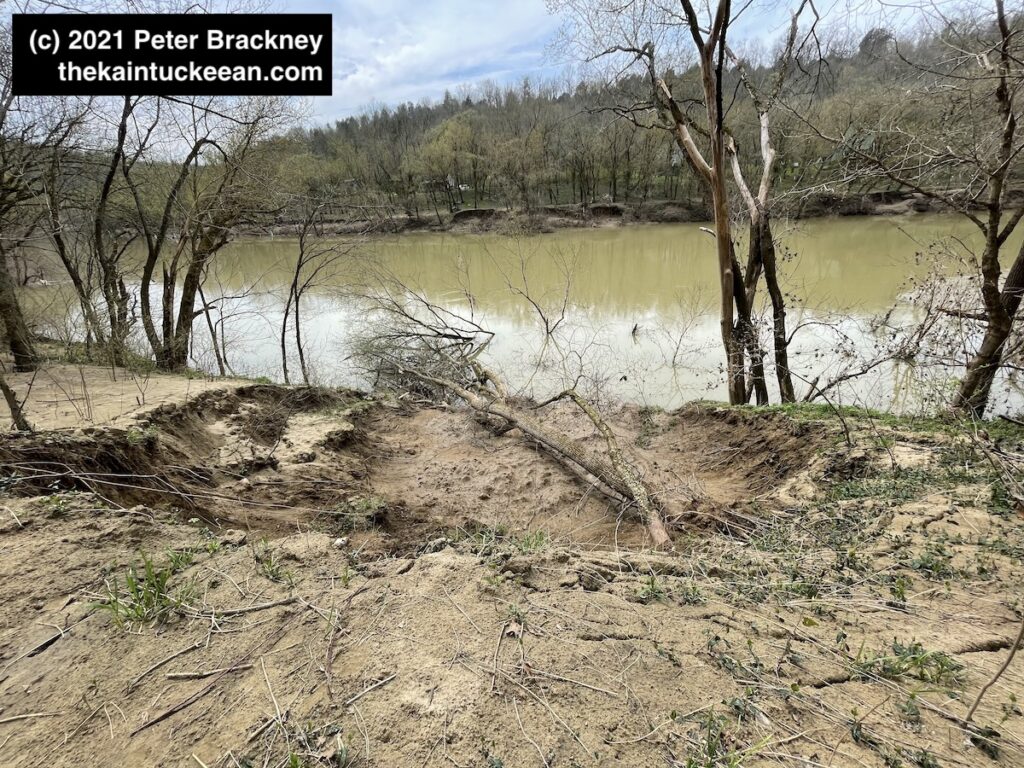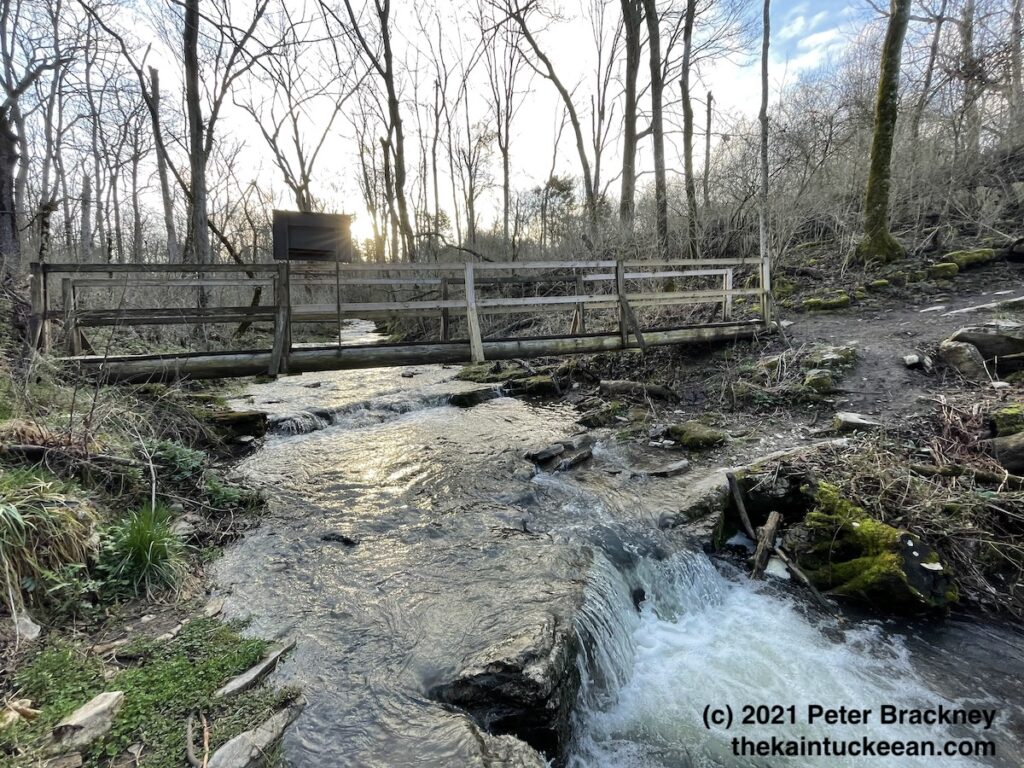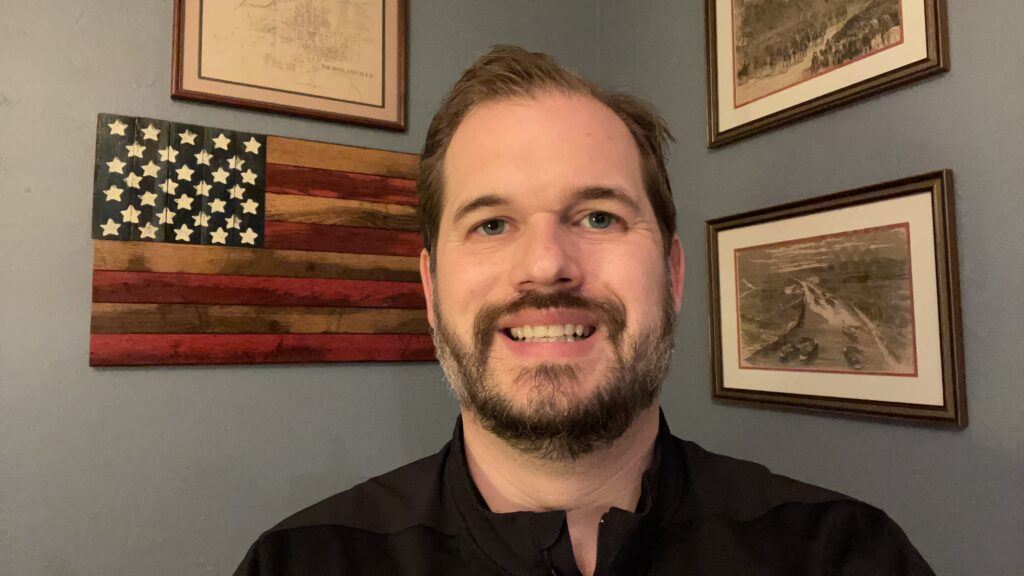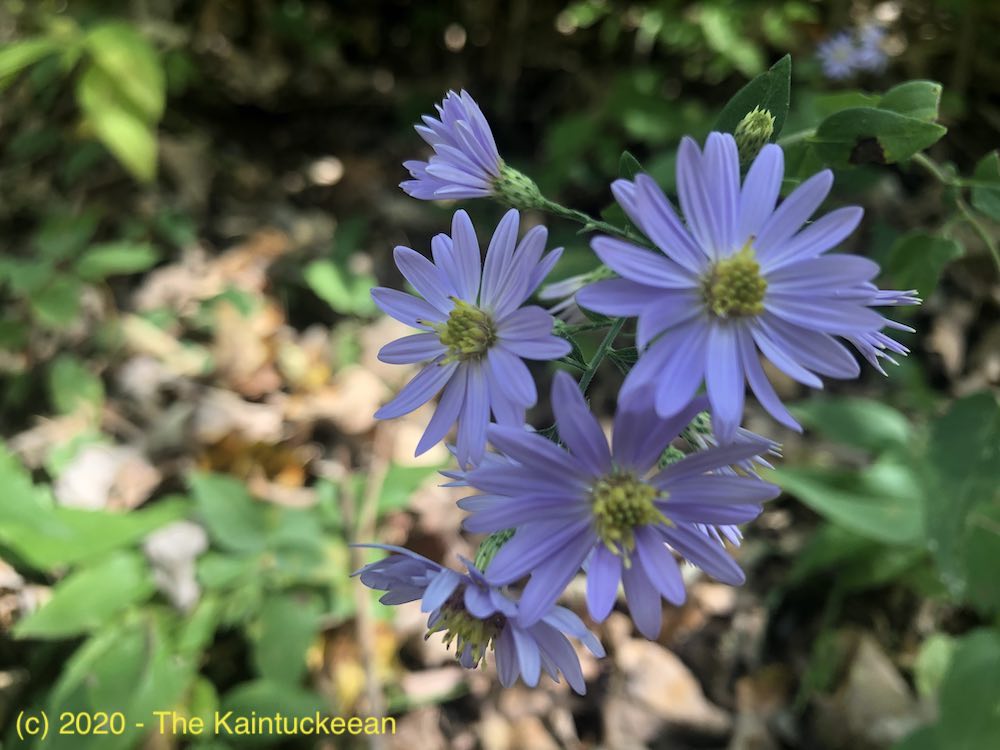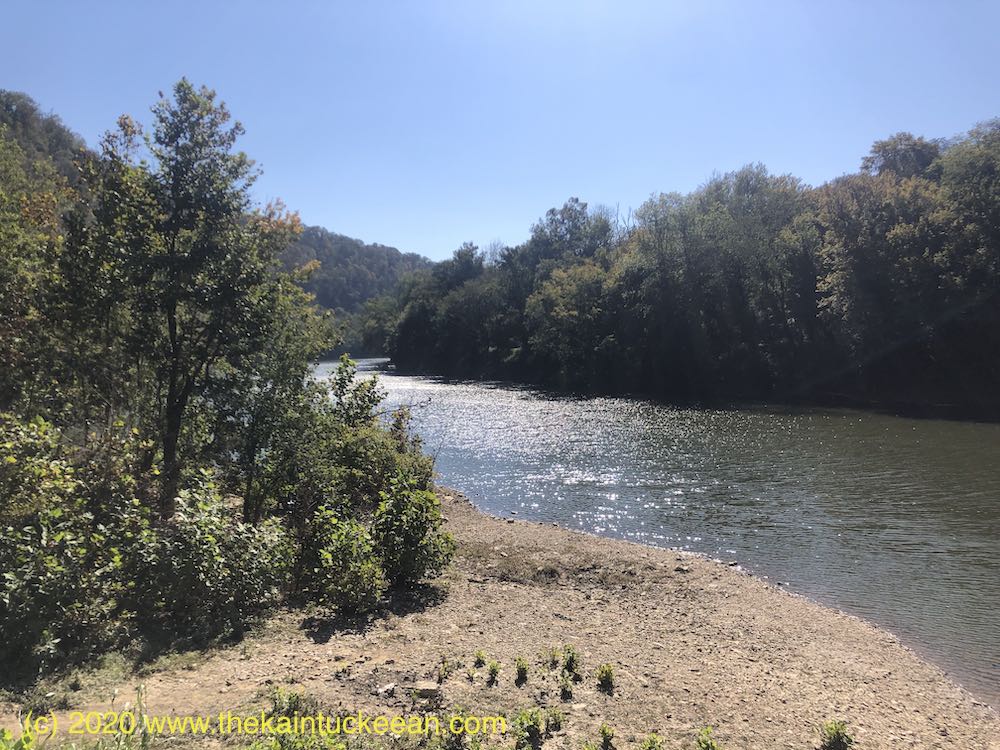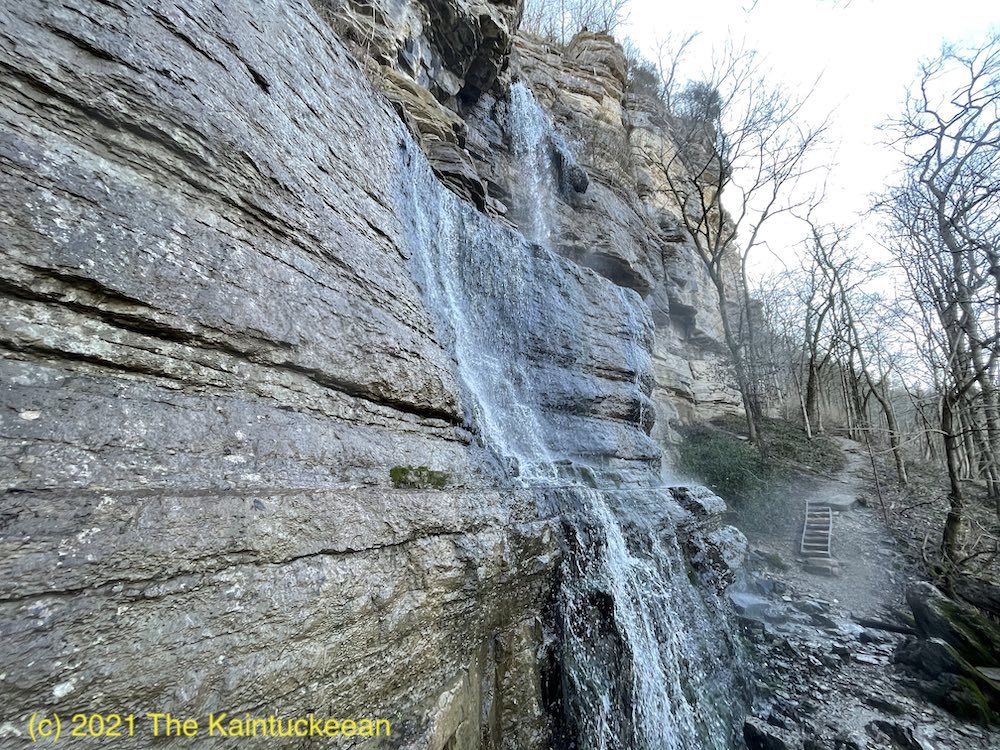A shared interest in local history led to a friendship full of stories, camaraderie, and memories which I will carry with me. It was a privilege to have co-authored A History Lover’s Guide to Lexington and the Bluegrass Region with Foster.
All those who counted with him are better for it and I am certain his legacy will endure. Above all, my heart mourns with Martina and their daughters.
The Lexington History Museum was a cause near and dear to Foster’s heart. I would encourage readers of this blog to contribute to the Museum’s Foster Ockerman, Jr. Memorial Fund.
Obituary
Foster Ockerman, Jr., a Lexington native, seventh-generation Kentuckian, attorney, historian, author, poet, essayist, community leader, and amateur genealogist died December 4, 2022. He is survived by his beloved wife, Rev. Martina Young Ockerman, and daughters Hannah Ockerman Helsby (Mike) and Katrina Chace Ockerman, his grandchildren, Livy Ruth and Michael Foster Helsby, brother Jeff H. Ockerman, sister Ann Ockerman Baughn (Phil), niece Dr. Elizabeth Hubbard (Matthew) and nephew John Foster Ockerman (Kate). He was preceded in death by his parents, Foster and Joyce Ockerman.
As an attorney, Ockerman served his clients for over 40 years, representing clients locally as well as nationally and from 17 foreign countries. He was chairman of the Kentucky Bar Association sections of Real Property and In House Counsel, and an officer of other sections. He was chairman of the American Bar Association’s Tax-Exempt Organizations Committee. He built an extensive practice representing public charities, foundations, and religious entities. In 2018, Ockerman was named Outstanding Citizen Lawyer by the Fayette County Bar Association.
Ockerman was a founding trustee of the Lexington History Museum, Inc., and served the museum for six years as president, during which time he revived the organization and guided it to a home at the Adam Rankin House, the oldest residence in Lexington. At the time of his death, he was serving as Chief Historian.
Ockerman first published his poetry and fiction while in high school and continued to publish through his life. Ockerman authored nine works of history, including The New History of Lexington, the most recent history of Lexington, Ky. (2021), an anthology of his poetry and The Ockerman Genealogical Project, as well as numerous opinion essays. His first opinion essay was published while he was in law school on the OpEd page of the Courier Journal. Ockerman also authored the Hidden History of Horse Racing in Kentucky, and co-authored A History Lover’s Guide to Lexington and Central Kentucky. At the time of his death, he was researching and writing Kentucky’s Rocky Road to Statehood. Ockerman was also the historian for the Emmy Awardwinning documentary, Belle Brezing and the Gilded Age of the Bluegrass. Ockerman also hosted for Chronicles, a Kentucky History Magazine documentary.
Ockerman was a graduate (1970) of Henry Clay High School, where he was Student Body President, named Outstanding Senior Man, second place in state debate and winner of a state speech tournament event and competitor at the National Speech Tournament. At the University of North Carolina, Chapel Hill (1974), he was a campus leader and two term president of the Joint Senate of the Dialectic and Philanthropic Societies. At the University of Kentucky College of Law (1977) he was president of the Moot Court Board.
Ockerman was a lifelong member of First United Methodist Church, Lexington, where he served as church historian from 1986 to 2022 and was lay leader, chairman of the Administrative Board, founding steward and chairman of the Endowment Foundation, as well as other offices. Ockerman served on the board and executive committee of the General Commission on Archives & History for the (global) United Methodist Church. In the church at large, he held various district offices, was a member and chairman of the Annual Conference Board of Trustees. He authored the First United Methodist Church Bicentennial History and 225 Years of Ministry: The History of First United Methodist Church.
Visitation will be on Thurs., Dec. 15, 2022, 12 pm to 3 pm, at First United Methodist Church, 200 W. High St., Lexington, KY 40507. A private service will be held at the Lexington Cemetery. Donations may be made to the First United Methodist Church or the Lexington History Museum.


